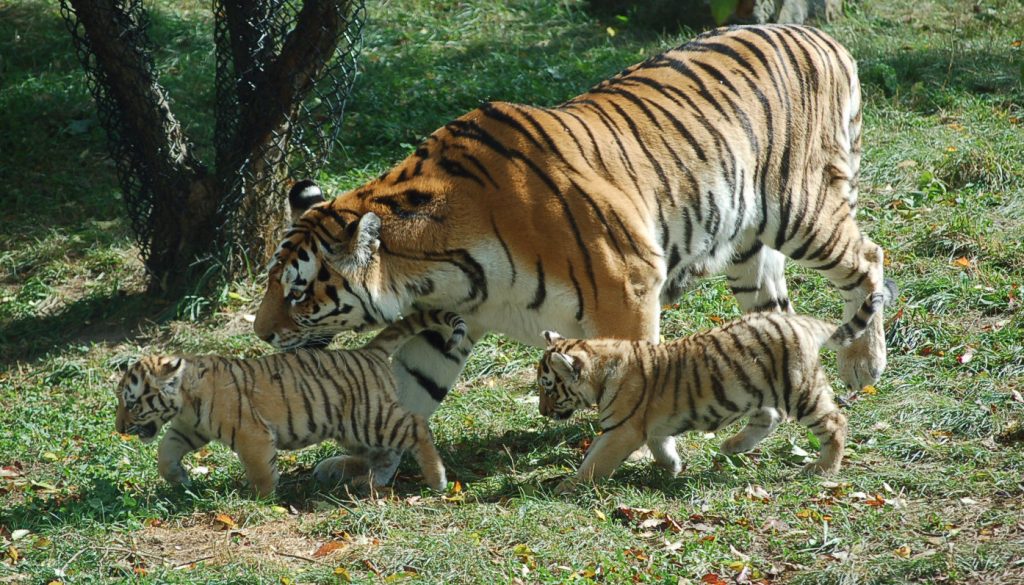2xT… What’s Next?
Nepal is the first ‘Tiger Country’ in the world to ‘Double the tiger’ number (2xT).

Congratulations to the Department of National Parks and Wildlife Conservation (DNPWC) and the National Trust for Nature Conservation (NTNC).
Key contributors to this success include programs like ‘community-based wildlife conservation,’ which gather essential ‘intelligence’ about poachers from within the communities, and the enforcement of national parks through army deployment, resulting in ‘zero poaching.
Our mission
The Himalayan Tiger Foundation (HTF) has been supporting the ‘2xT program’ from 2014 to the present. Our mission is to support tiger conservation in Nepal. We initiate, facilitate, and – if necessary – co-finance applied research to enable tiger populations to grow sustainably by restoring their habitat.
Our foundation invites young and talented Nepalese conservation officers to pursue a PhD study on tiger conservation at a European university. Under the guidance of the scientific staff from affiliated universities, fieldwork will primarily be conducted in Bardiya National Park (link) and its surrounding buffer zones and corridors.
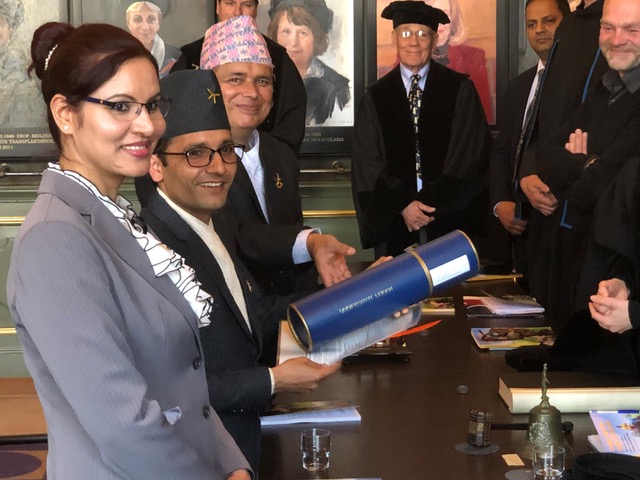

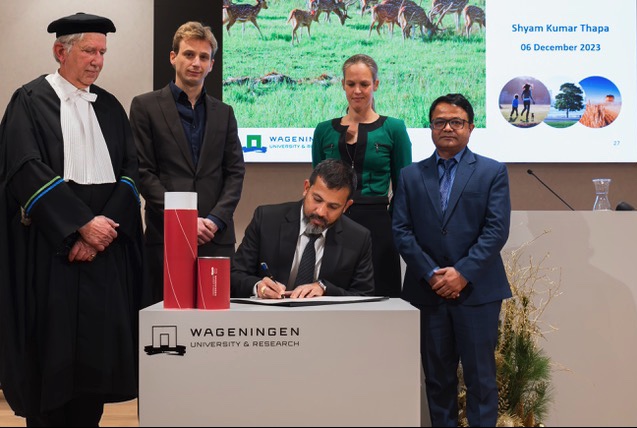
Nepali and Dutch MSc students provide support for field research.
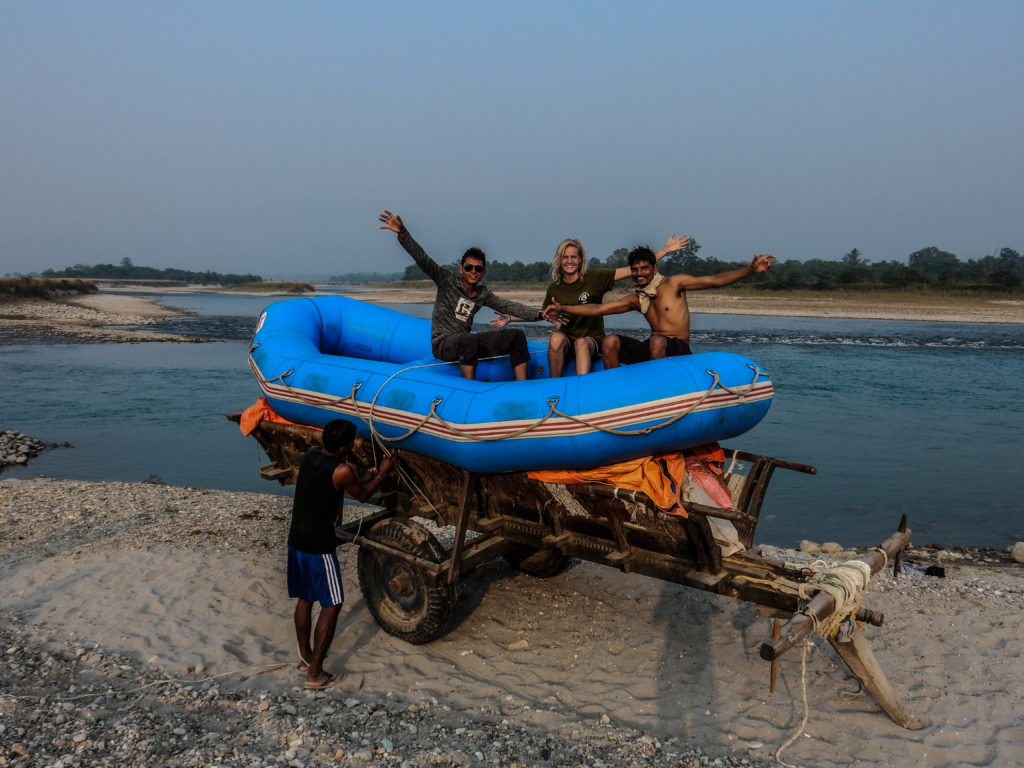

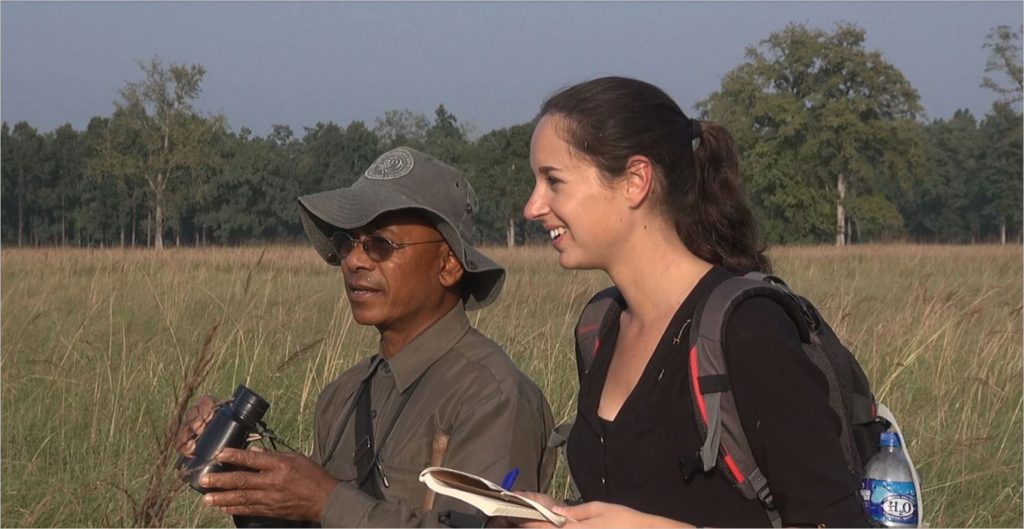
The tiger population in Nepal has doubled. The number of tigers in Bardiya National Park (BNP) has even tripled from approximately 28 to 85 mature animals between 2008 and 2021 (last census). However, the question remains: will this ensure the future of the tiger population in this reserve? To sustainably manage its tiger population, several important questions still need answers:
- How to further strengthen human-wildlife coexistence?
- Are there enough prey animals to feed a growing tiger population?
- How to prevent woody encroachment of the grasslands (phanta’s)?
- To what extent are economic developments around the park threatening its existence?
- How to manage grasslands to get enough and good food for the deer?
- Will BNP remain a suitable tiger reserve if it is further warming up?
